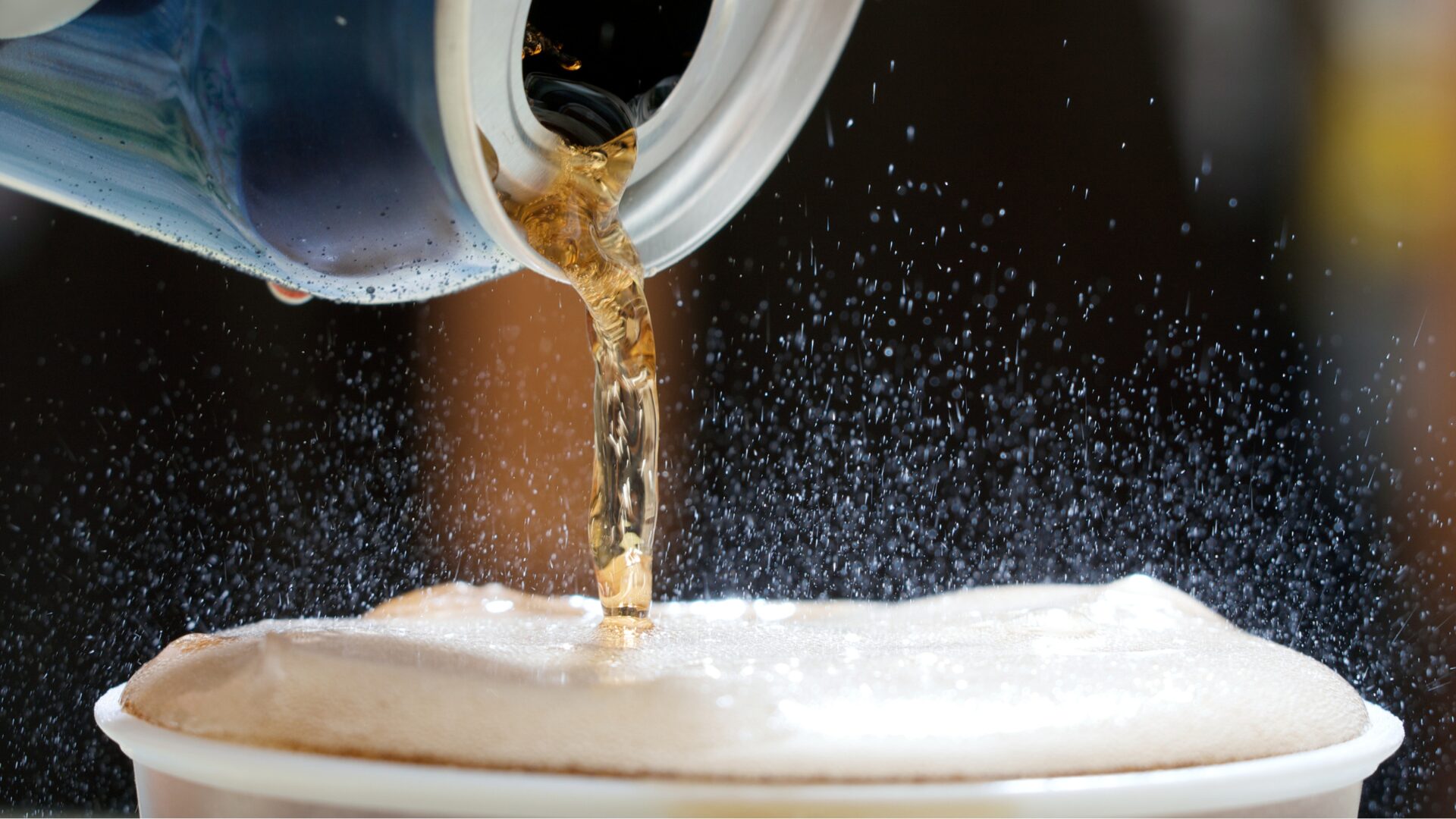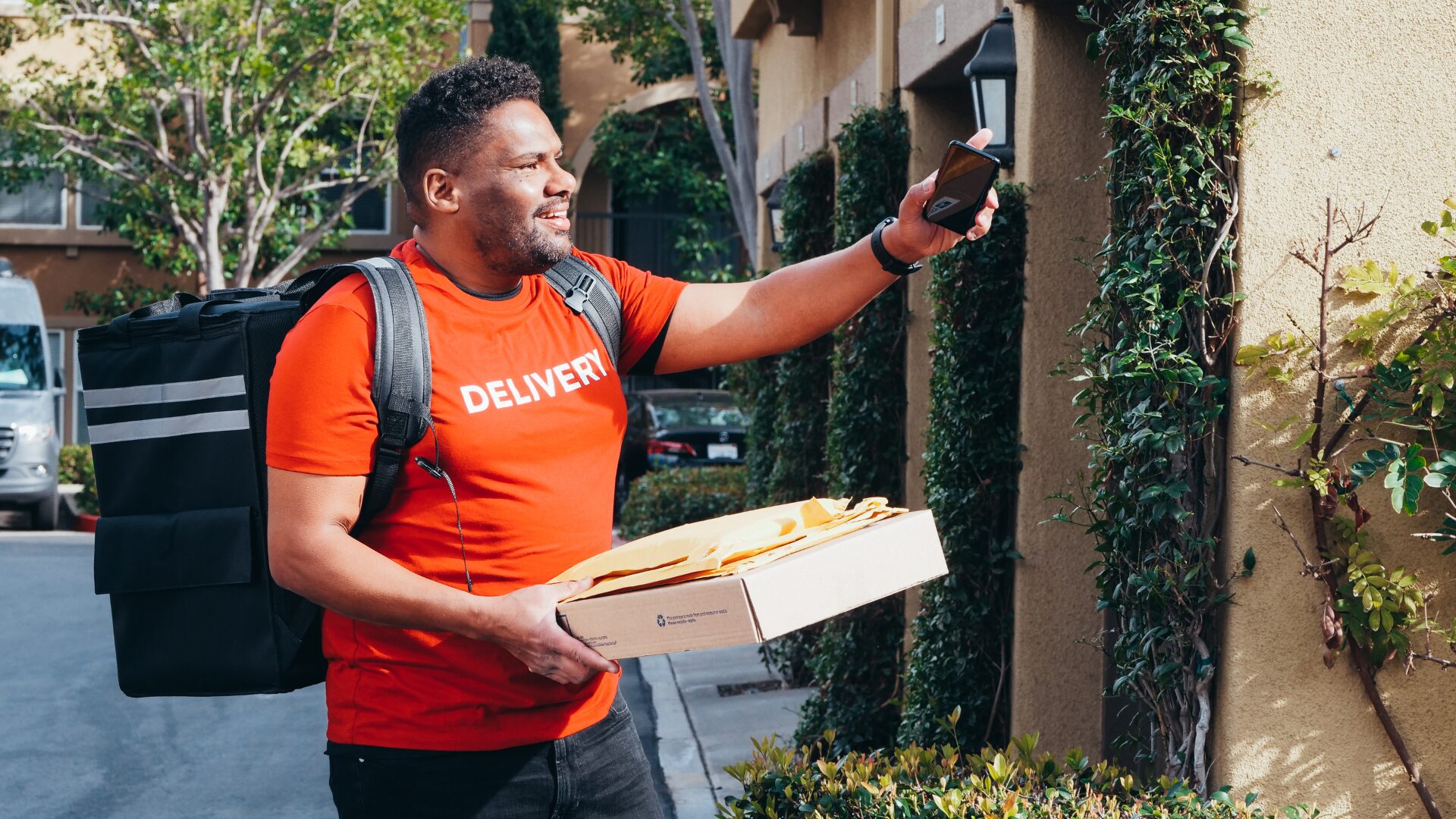The food and beverage industry has seen no shortage of mergers and acquisitions of late, to put it mildly. And that begs the question: What, exactly, are the driving forces behind these transactions?
In a recent webinar on the food and beverage M&A market, panelists from Coca-Cola, Kainos Capital, and Lazard Middle Market offered their insights on market conditions and the outlook for deals.
The event, hosted by The Food Institute and sponsored by RSM US and Lazard Middle Market, put M&A growth in perspective, with an early slide in the presentation noting that 577 food and beverage deals took place in the 12 months ending Aug. 21. In 2020, just 494 such transactions took place. A decade earlier, in 2011, just 387 M&A deals were completed.
“Where we are today is a record,” said David Iverson, managing director and head of the consumer, food & retail group at Lazard Middle Market, before adding:
The last six months has been insane, in terms of volume.
“What we’re seeing is there’s a lot of capital,” said Jay Desai, partner with Kainos Capital. “We see a lot of very large funds making deals at the lower levels – kind of a deal they might not have looked at beforehand, given the size, that they’re now spending more time with. So, we do see more competition that way.
“There are many, many deals out there – more than in my career that I’ve ever seen at one period of time.”
EVOLVING APPROACHES
Marie Quintero-Johnson, Coca-Cola’s vice president and head of corporate development, noted that the way her company approaches M&A deals has shifted. Such business transactions are now less about bolt-on acquisitions, she said, and have more to do with several other factors, like modern consumer concerns such as sustainability and ESG.
In other words, more factors than ever are considered before corporations like Coca-Cola pull the trigger on a major transaction.
Quintero-Johnson also said that the ability to cross collaborate across industries has increased significantly of late, and that “technology has become the great democratizer.”
“In our world, the idea of M&A has evolved to corporate development,” she said. “Which means that you’re not only buying assets and making investments, but you’re creating value-added commercial relationships that may end up in something more down the road.”
PEERING AHEAD
As 2021 nears its conclusion, there remains a lot of unspent cash in reserves that’s just waiting to be invested. In fact, the amount of capital on the sidelines these days adds up to nearly $2.3 trillion in dry power, speculates Iverson.
Thus, the competition for investments is fierce.
The average transaction multiple in 2020 was 12.0x EBITDA, and has remained high this year, at 12.1x – significantly higher than historical norms. The lofty valuations of 2021 will almost certainly come back down to Earth within the next few years, especially as investors start to focus less on revenue growth and more on earnings growth.
That said, at least for now, it appears there are more M&A deals to be made in the months ahead as it relates to the food and beverage space.
Said Iverson: “It’s never been better to be a seller. Volumes are high, valuations are high.”












